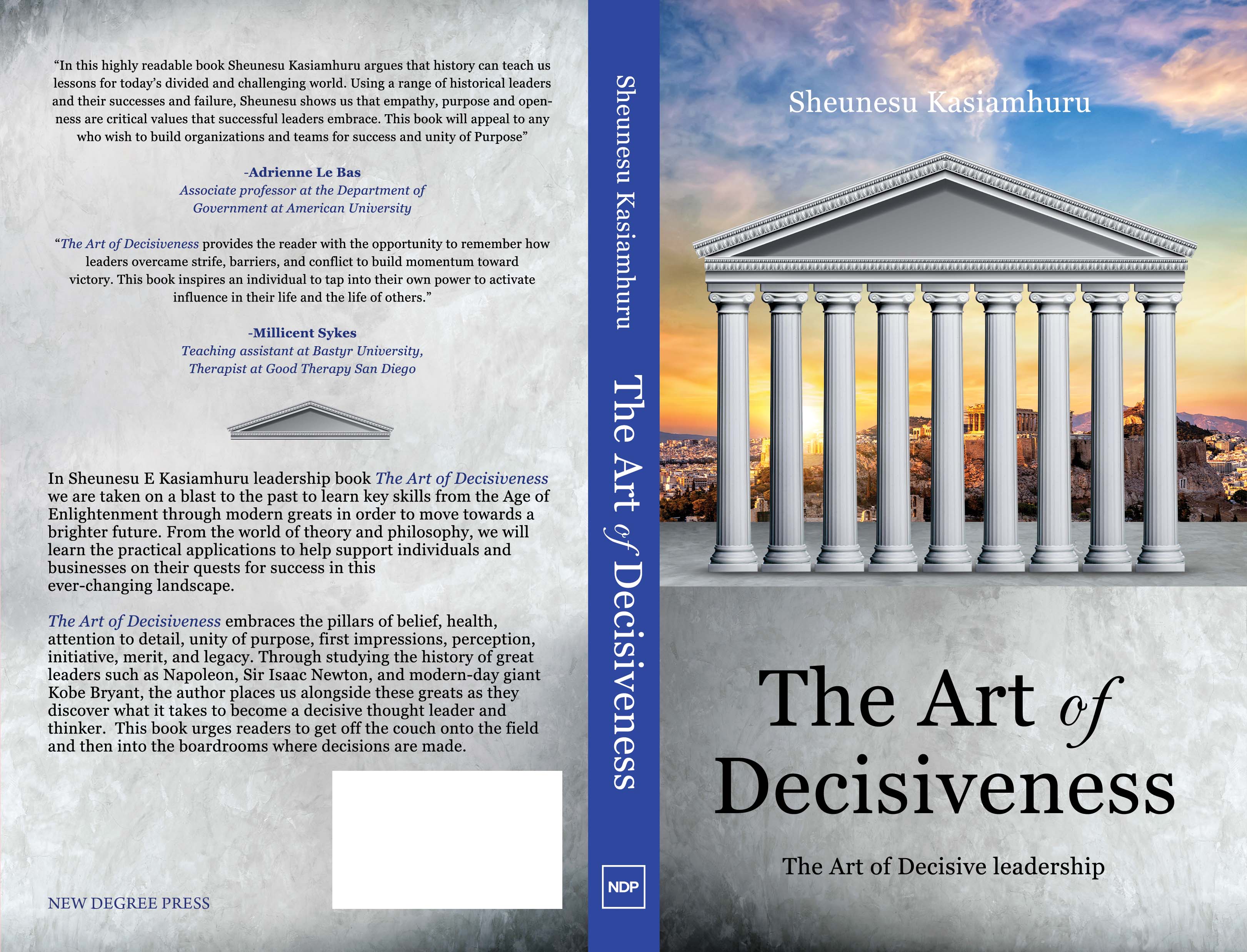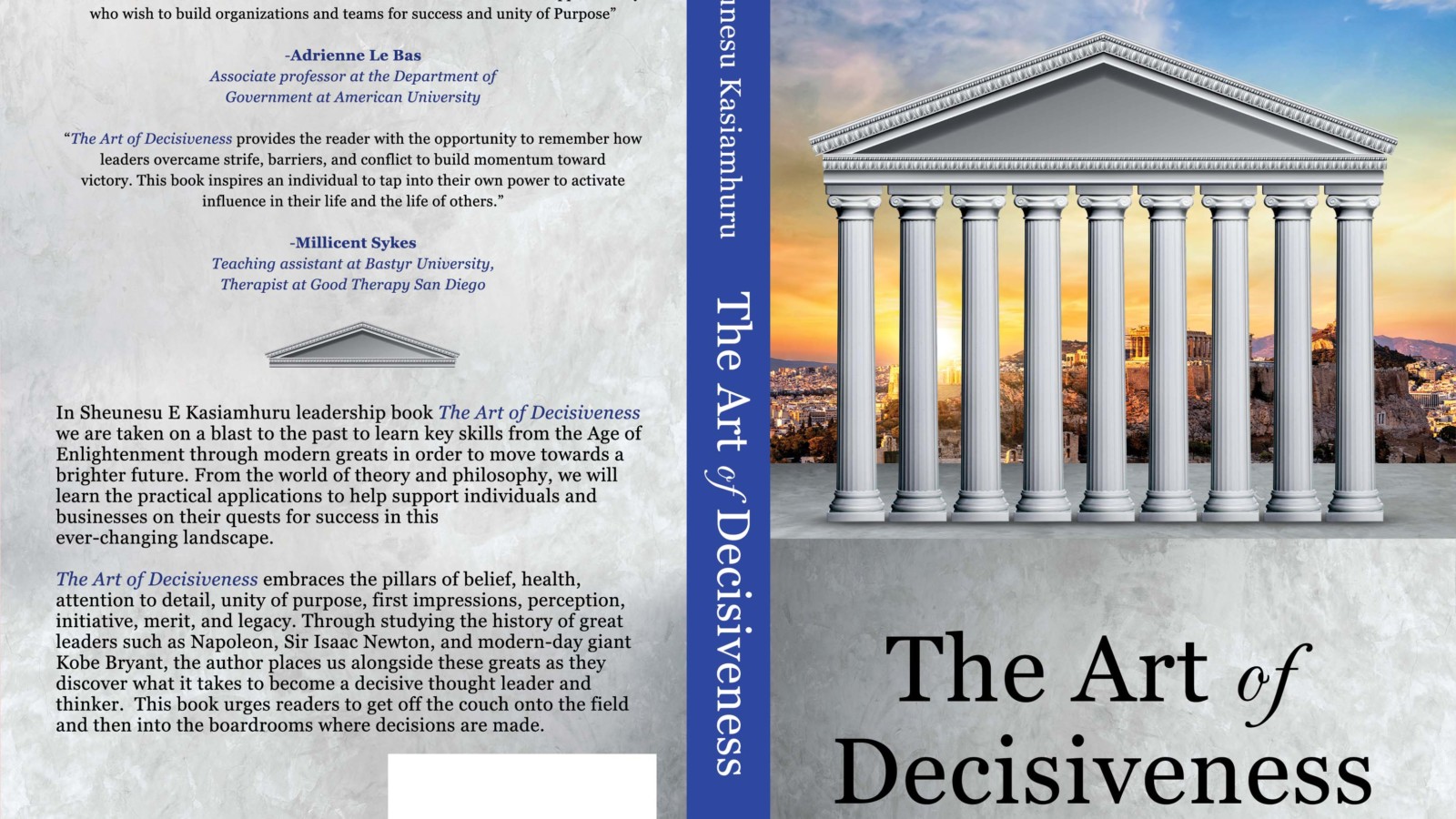In this piece, taken from the decisive principle most vital to swaying public opinion over to your side that of perception, we are presented with a uniquely creative and relevant take on the events that led to change in Enlightenment-era France and the world:
Perception’s abode
The pathway to Perception’s abode consists of many detours, but none are worse than your wait in the city of Misconception. A dark, dingy, overpopulated metropolis, this city serves as an unwelcome reminder of what happens when Perception’s whispers go ignored. Confusion reigns supreme within the boundaries of this messy and overpopulated hellhole, its inhabitants persistently choked by the repugnance and misunderstanding which comes from lacking the wisdom provided by Perception and her kin.
That the frightful site of this battered and torn metropolis could exist so close to Perception’s abode is equally as frightening. Just forty-eight miles away, Maiden Perception’s fifty-thousand-acre estate glows atop the hill of decisiveness. Blessed with pristine and well-landscaped gardens, Maiden
Perception’s granite and slate castle is beautified by a magnificent interior, comprising over fifty-three rooms adorned with gleaming marble floors, hallways embellished with exquisite pearl-handled mirrors, and walls plastered with works of flamboyant medieval tapestry and Gothic paintwork.
Complementing the lavish decorative features in this threestory structure are a multitude of sparkling chandeliers, terracotta busts, gold-framed portraits, oakwood furniture, golden statues, and porcelain vases. Although these many riveting and enthralling features can leave their beholder spellbound, the inanimate objects present in Perception’s abode are not even its most alluring aspect. Standing in veneration of the extravagance before your eyes, one can hear the laughter of the playful residents of this château: Lady Image, Lady Oratory, and Lady Eloquence.
Lady Image offers her entrancing enchantments of portraits, sculptors, busts, motion pictures, snapshots, and Instagram stories, capturing the attention of many individuals through the immortalization of precious moments. Oratory bears the enrapturing charm of the spoken word, while Eloquence’s expressive wiles of the written word give genesis to glorious works, such as the Art of Decisiveness. In addition to Perception, these maidens of enchantment are vital for swaying the public opinion over to one’s side. During the Enlightenment, the influence of perception and her three beautiful daughters proved a decisive piece in victory, both in war and in peace.
Many decisive beings have paid a visit to Perception’s abode over the past four hundred years in search of the hidden treasures it holds, such as charm, magnetism, and charisma. None were better received than those who sparked the flame of the French Revolution. Having been inspired by happenings across the pond as well as the eloquent words of many Enlightenment thinkers, those individuals, who harbored enmity toward the Bourbon Regime’s apparent decadence, conspired with two of Maiden Perception’s kin: Lady Image and Lady Eloquence. They formulated the blueprint for what I refer to as one of the first “mass media” political smear campaigns in modern history.
At the end of the eighteenth century, the Bourbon Regime’s claim to legitimacy centered around the pillars of virtue, family, and piety. The king and queen represented God on earth, maintaining an image of loyalty to each other, their stately duties, and the grooming of their heirs, who represented the future of the realm. Never should they be seen as indulging in intrigue of any sort, lest the face of the Lord turns against the glory of their state as a result of their infidelity. Any portrayal of them engaging in debauchery damaged their ability to exercise control over their realm, placing a dent on their squeaky-clean image (White, 1995).
These political satirists harnessed conjuring from Maiden Perception’s abode to create a negative image around the aristocratic class by using the printing press, particularly targeting the image of the young, fun-loving, and carefree Queen Marie Antoinette (Marrone, 2011). The short stories they published in the pamphlets known as Libelles contained derogatory and inflammatory images of the young queen, with a narrative that portrayed her as a lustful beast unable to control her sexual cravings (Marrone, 2011). Add to this portrayal of her depravity Marie Antoinette’s inability to fully connect with her subjects, as well as the rumors swelling around the impotence of her husband. Without a doubt, the enchantment cast by Maiden Perception and her kin through her agents in this burgeoning French tabloid industry had turned the public squarely against the queen (Liewellyn, 2020).
So tarnished was Marie Antoinette’s image by these scathing attacks that the blame of France’s woes fell solely on her doorstep, even though the Bourbon Regime had been losing gold through engaging in imprudent policy decisions. This led to an inability to facilitate a more modern and innovative economy and the hemorrhaging of income resulting from a moribund tax system inherited from their predecessors (Behrens, 1963). The public’s negative perception of Marie Antoinette had a decisive effect on the sweeping and often violent uprising that engulfed her realm between the period of 1789–1793 (Liewellyn, 2020). Such is the effect of Maiden Perception and her kin on the minds of men, creating a viewpoint that can become a greater reality than the actual truth.
Having lost the respect once derived from their formerly glorified image in the eyes of the masses, the Bourbons lost the reverence, loyalty, and trust of their people. These were replaced with the image of being a decadent and gluttonous group of individuals, overly given to the excesses of this life,
with a self-centered, pampered, and entitled demeanor now fixed in the minds of the public.
This image of an aloof and unaware ruling elite that carried a lack of care for their subjects was confirmed by the false answer Marie Antoinette was rumored to have given upon being asked about how to tackle a shortage of bread among citizens in the city: “Let them eat cake.” The mere fact that the public accepted this as truth shows just how little they thought of her ability to empathize with their plight (History. com, 2012).
With the unfortunate fate of Marie Antoinette and the machination of the printing press, the insight of Ladies Image and Eloquence were sought after by every decisive leader, lest the anvil of calamity landing upon the Bourbons fell upon them, too. As the 1790s became the 1800s, many newspapers catered to feed the public with jolly and informative tales of local leaders to keep the masses on their side, selling only their best and brightest moments.
“What is the government? Nothing, unless supported by opinion.”
—Napoleon Bonaparte
Of all of the Bourbon’s successors, none were wiser to the wrath that Maiden Perception’s abode brings—if her charms go ignored—than the man forever immortalized by the unrelenting, satirical British media as being a short and stubborn nuisance. Through his eloquence and the understanding of either the inspiration or condemnation that can be derived from strong imagery, Napoleon Bonaparte made sure these two ladies would forever impart him with the wisdom that assured of Maiden Perception’s alliance.
As his troops crossed the Alps into Italy for their campaign in 1796–97, Napoleon enlisted the aid of his trusted pen through two newspapers—the Courrier de l’ Armee and La France Vue de l’Armee d’Italie—established during his Italian escapades, eloquently and vividly describing the glory of the Grand Army. Copies circulated throughout the army camps as well as in Paris, seducing the public to support Napoleon through the eloquently composed contents of their pages (Mathews, 1955).
This influence was not limited to his escapades in Italy, as Perception and her familiars had become Napoleon’s courtesans wherever he voyaged. Inquisitive as ever, Napoleon’s curiosity sailed him to the land of the pharaohs, with all of its mystery, wonders, and amazements awaiting his interrogation. However, disaster struck the forces of the Grand Army upon arrival: after having been lynched by Lord Nelson, Napoleon and his soldiers were left stranded in the land of the pyramids, much like Caesar many years before.
Despite the embarrassing predicament, we see here just how decisive a partner Perception and her kin can be to someone of a decisive nature, as a decisive being always knows that Maiden Perception can create a positive spin on many a blunder. Her favor fell upon Napoleon again as she implored her daughter, Eloquence, to depict the emperor as a man of the Enlightenment, with the Courrier de l’ Armee reporting this blatant military blunder as a mission undertaken in order to unravel the enigma of Egypt alongside one hundred and sixty scholars (Mathews, 1955). This counterargument to the rumblings of their apparent failures in the campaign continued the decisive shift of public opinion to Napoleon’s favor, with the masses now literally buying into the perception of Napoleon being an idealistic and well-rounded leader who was not only concerned with conquest but also inquisitiveness.
This contrast between the fortune of the Bourbons, who were unconcerned about public opinion, and that of those individuals who followed in their footsteps is proof enough of the power of influence carried by Perception and her kin. Through their wiles, they consistently enchant the public with astonishing tales of leadership, giving relatability that increases likability between an institution and those it serves.
As we step into the modern world, we see Perception and her kin proving decisive in the making and breaking of dynasties. Image and Eloquence still aid leadership in reaching decisive outcomes, while Oratory’s stirring nature is an essential tool in the toolbox of any leader operating in a democratic space.



